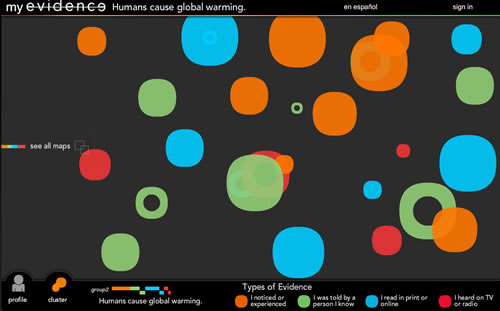On the first topic of the open networked learning ONL201 course we are ask to think about our engagements online. Nowadays, almost everyone uses online services, e.g. look up information or buy products. Thereby we use online services differently, depending on our intention, motivation and context. The “Visitors and Residents” model developed by White and Cornu (2011) seeks to point out the personal use of the internet in a context-related way. The model works with the metaphor “space” and “tool”, according to which online services are used as a digital tool (visitor mode) or as a virtual place (resident mode).

mage: Finestre by Paolo Campioni under license CC BY-SA 2.0
In terms of education my understanding of the model is influenced by a special linguistic feature of the german language. From the learners perspective the verb visit is used to express attendance or participation, it is common to say “visit a lesson” or “visit an evening course”. This visitor mode also mainly applies to how I encounter online learning in this course. As mentioned in my previous post the online course takes place at different digital places, thus making it difficult to find a residence.
A central element are the online meetings of my PBL group, where we exchange ideas and experiences on the topic, discuss how to approach the problem and how we want to create the final product. Online meetings can be seen as real-time visits. As such, they are transient, they exist for a short time, in which I can share and take with me what I think is relevant for my learning or the group work, but afterwards this digital place is inexistent. Capturing the online meeting (provided that all participants agree) would be way to overcome the transience of such a live event. The recording allows to certain extent to revisit the content or discussion and possibly get new insights or connecting points.
Other places I visit regularly are GoogleDoc, Padlet and other participants blogs to find or to post information. Unlike the online meetings, contributions posted on those places are permanent, they reside here. As David and Cornu states, when we log off or go offline our postings are still available (2011). This is also true for my personal blog. The benefit of those digital places, which can be seen as a knowledge network, is, that I can visit them without any advance notice and in a non-linear manner (Ike/Meder 2010), just when I need information or I feel I am ready to share my contribution.
Both, meeting online on the same time as well visiting sources of information can help exchange thoughts with others and clarify questions, however in order to process knowledge, further steps of elaboration and discussion are needed, as well time to think about, which mostly happens offline (David/Cornu 2011).
From my point of view, the visitor mode conceptualization corresponds to the constructivist view of learning, according to which everyone constructs their own knowledge (Arnold/Nolda/Nuissl 2010). My personal notes and thoughts that I take with me from the various “visits” of the digital places supports these knowledge construction process.
Recources
Arnold, R./Nolda, S./Nuissl, E. (2010): Wörterbuch Erwachsenenbildung. 1. Aufl. Stuttgart: UTB GmbH.
Iske, S./Meder, N. (2010): Lernprozesse als Performanz von Bildung in den Neuen Medien. In: Hugger, K.-U./Walber, M. (Hrsg.): Digitale Lernwelten: Konzepte, Beispiele und Perspektiven. Wiesbaden: VS Verlag für Sozialwissenschaften, S. 21–37.
Visitors and Residents: A new typology for online engagement
by David S. White and Alison Le Cornu.
First Monday, Volume 16, Number 9 – 5 September 2011
http://firstmonday.org/ojs/index.php/fm/article/view/3171/3049



![By Thiemo Schuff (Own work) [CC-BY-SA-3.0], via Wikimedia Commons](https://moltilearn.files.wordpress.com/2013/04/hansa-park_goldwaschen.jpg?w=660)

